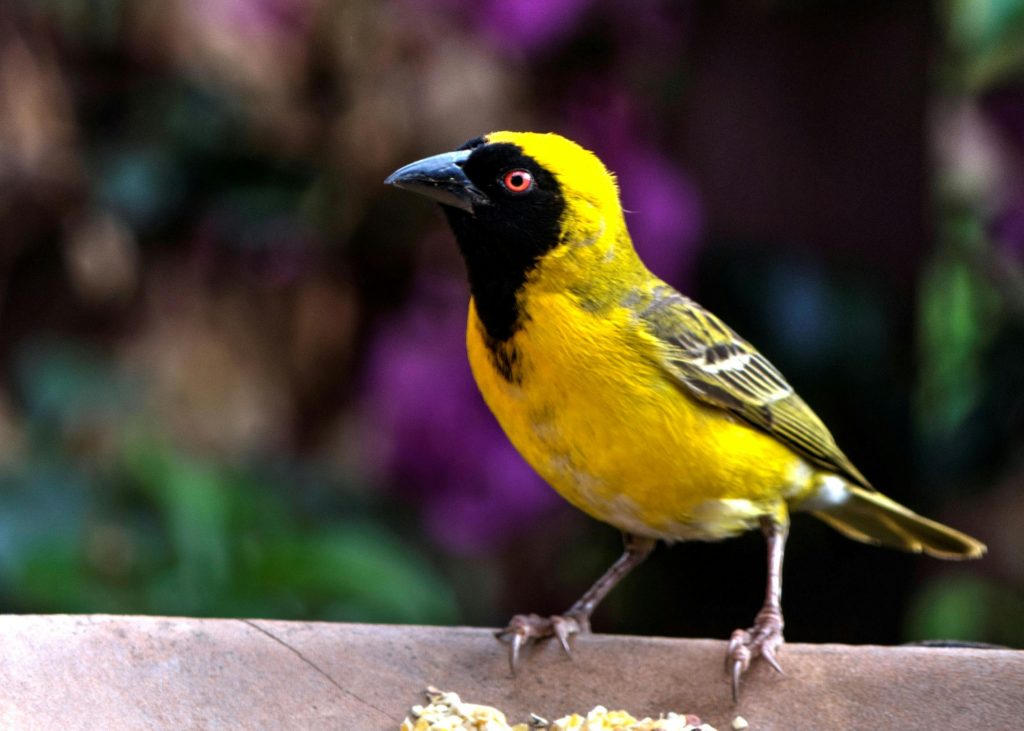Understanding Finches: A Complete Guide to These Colorful Songbirds
Finches are among the most vibrant and captivating birds in the world. Known for their bright plumage, cheerful songs, and active behaviors, finches make a popular choice for bird enthusiasts and breeders alike. These small, seed-eating birds belong to the family Fringillidae and come in a variety of species, each with its own unique characteristics. In this guide, we’ll explore the world of finches, covering everything from their natural habitats to their care in captivity. What Are Finches? Finches are small, passerine birds found in a wide range of habitats across the globe. Their defining feature is their strong, conical beaks, which are perfectly suited for cracking seeds, their primary food source. These birds are often recognized for their cheerful personalities, colorful feathers, and delightful songs. Common Types of Finches There are several species of finches that are popular among bird lovers, including: Natural Habitat and Distribution Finches are native to many parts of the world, including North America, Europe, Africa, and Asia. They inhabit diverse environments, from forests and grasslands to urban gardens. These adaptable birds thrive in a variety of climates, although they tend to prefer regions with plenty of vegetation where they can find seeds and nesting materials. Migration Patterns While many finches are year-round residents in their habitats, some species, like the American Goldfinch, exhibit migratory behavior. In colder months, they migrate to warmer areas where food is more abundant. This ability to adapt to changing climates and food availability has made finches resilient and widespread across different continents. The Beautiful Plumage of Finches One of the most appealing aspects of finches is their colorful plumage. From the soft browns and grays of the house finch to the rainbow-like brilliance of the Gouldian finch, their feathers are a sight to behold. Why Are Finches So Colorful? The coloration of a finch’s feathers can serve several purposes, including: Finches as Pets Finches are popular pets because they are relatively easy to care for and offer hours of enjoyment with their lively personalities and musical calls. Unlike parrots or other large birds, finches are more independent and can be kept in cages with minimal interaction. Housing Requirements Finches need plenty of space to fly and exercise. A large flight cage is ideal, especially if you’re housing multiple birds. The cage should include: Feeding and Diet A finch’s diet consists primarily of seeds, but to keep them healthy, you should also offer: Many pet stores sell commercial finch seed mixes, which provide a balanced diet for your birds. Breeding Finches: What to Know Breeding finches can be an incredibly rewarding experience, but it requires careful planning and attention to detail. If you’re interested in breeding finches, here are some key considerations: Choosing Breeding Pairs Healthy, mature birds are the best candidates for breeding. Observe the birds for signs of pair bonding, such as mutual grooming and sharing of food. Some species, like zebra finches, will naturally form strong pair bonds, making them ideal for beginner breeders. Setting Up the Nest Provide a nesting box or basket lined with soft materials like shredded paper or coconut fiber. Finches are prolific nest builders and will eagerly use these materials to create a comfortable nest. Egg Laying and Incubation Female finches typically lay 3 to 6 eggs per clutch. Both the male and female will take turns incubating the eggs, which hatch after approximately 14 days. It’s important to minimize disturbances during this period to avoid stressing the parents. Raising the Chicks Once hatched, finch chicks are altricial, meaning they are born blind, featherless, and entirely dependent on their parents. The parents will feed the chicks a diet of partially digested seeds and soft foods. Chicks typically leave the nest around 3 to 4 weeks of age, although they may still rely on their parents for food for a short time after fledging. Bird Conservation and Threats While finches are abundant in many areas, some species face threats due to habitat destruction, climate change, and the pet trade. Efforts are being made to conserve wild finch populations through habitat preservation and responsible breeding practices. The Role of Captive Breeding Captive breeding programs, particularly for species like the Gouldian Finch, play a significant role in preventing extinction. These programs aim to maintain healthy populations of finches in captivity while working toward reintroducing them into their natural habitats when possible. Enjoying Finches in the Wild If you’re more interested in observing finches in their natural environment, you’re in for a treat. Finches are common in many parts of the world, and you can attract them to your garden by providing: Birdwatching Tips When watching finches in the wild, patience is key. These birds are often active at dawn and dusk, so these are the best times to observe them. Invest in a good pair of binoculars and a bird identification guide to help you recognize different species. Conclusion Finches are truly remarkable birds, whether you’re enjoying their presence in the wild or caring for them as pets. Their beauty, diversity, and cheerful nature make them a favorite among bird enthusiasts worldwide. Whether you’re drawn to their vivid colors or their sweet songs, finches have a way of brightening up any environment they inhabit.


